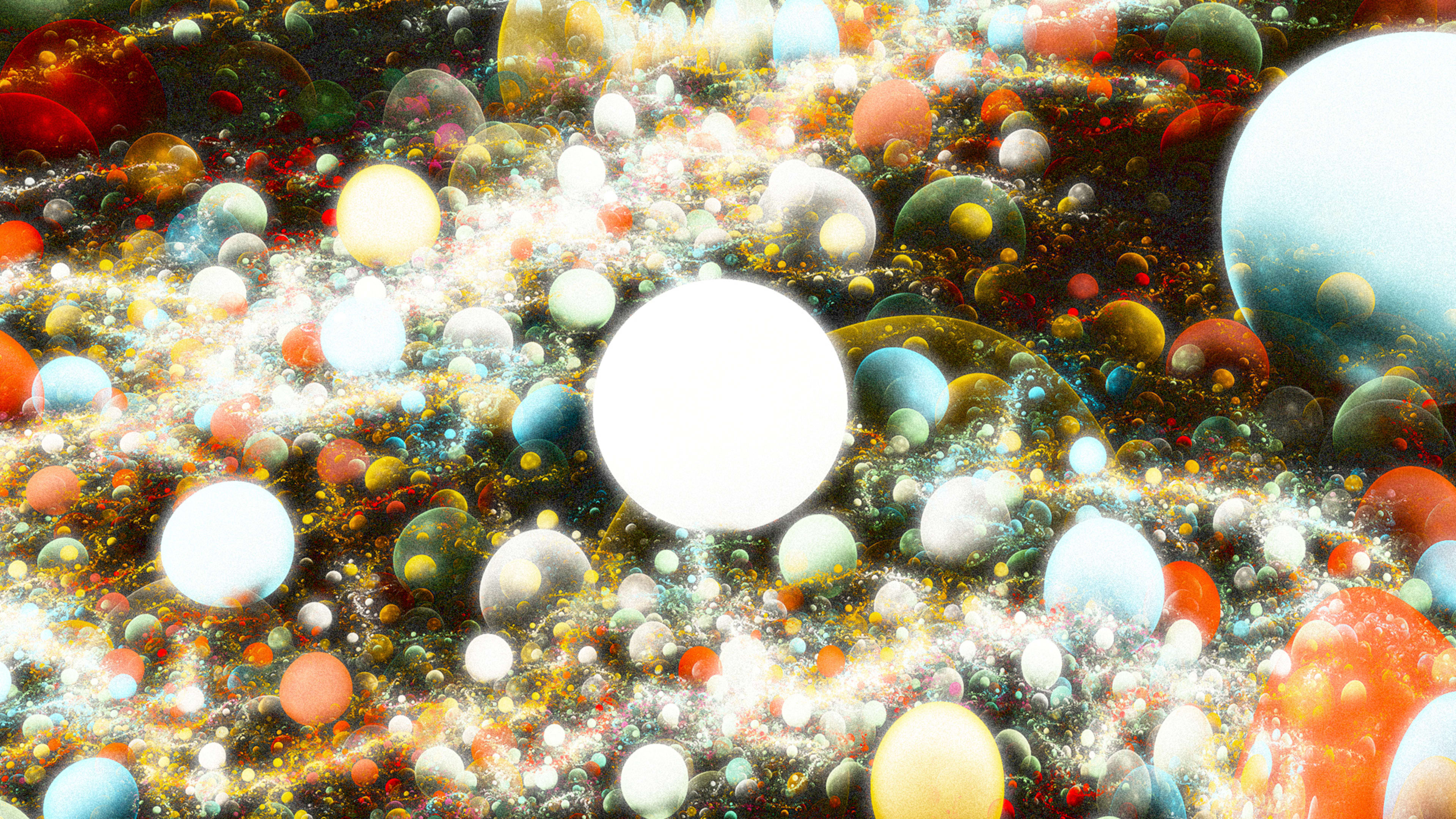Artificial intelligence research has a lot to learn from nature. My work links biology with computation every day, but recently the rest of the world was reminded of the connection: The 2018 Nobel Prize in Chemistry went to Frances Arnold together with George Smith and Gregory Winter for developing major breakthroughs that are collectively called “directed evolution.” One of its uses is to improve protein functions, making them better catalysts in biofuel production. Another use is entirely outside chemistry–outside even the traditional life sciences.
That might sound surprising, but many research findings have very broad implications. It’s part of why just about every scientist wonders and hopes not only that maybe they would be selected for a Nobel Prize, but, far more likely, that the winner might be someone they know or have worked with. In the collaborative academic world, this isn’t terribly uncommon: In 2002, I was studying under a scholar who had studied under one of the three co-winners of that year’s Nobel Prize in Physiology or Medicine. This year, it happened again–one of the winners has written a couple of papers with a scholar I have collaborated with.


Yet just as nature does not make identical copies of parents, genetic algorithms in computational evolution let mutations and recombinations create variations in the offspring. Selecting and reproducing the safest drivers in each new generation finds and propagates mutations that improve performance. Over many generations, AI systems get better through the same method nature improves upon itself–and the same way the Nobel laureates made better proteins.

Deep learning and neural networks are computer-based approaches that attempt to re-create how the brain works–but even they can only achieve the equivalent activity of a clump of brain cells smaller than a sugar cube. There remains an enormous amount to learn about the brain–and that’s before trying to write the intensely complicated software that can emulate all those biological interactions.
Capitalizing on evolution can make systems that seem lifelike and are inherently as open-ended and innovative as natural evolution is. It is also the key methodology used in genetic algorithms and genetic programming. The Nobel Prize committee’s recognition highlights a technology that has evolution at its core. That indirectly justifies my own research approach and the idea that evolution in action is a critical research topic with vast potential.
Arend Hintze is assistant professor of integrative biology and computer science and engineering at Michigan State University This article is republished from the Conversation under a Creative Commons license. Read the original article.
Recognize your brand’s excellence by applying to this year’s Brands That Matter Awards before the early-rate deadline, May 3.
